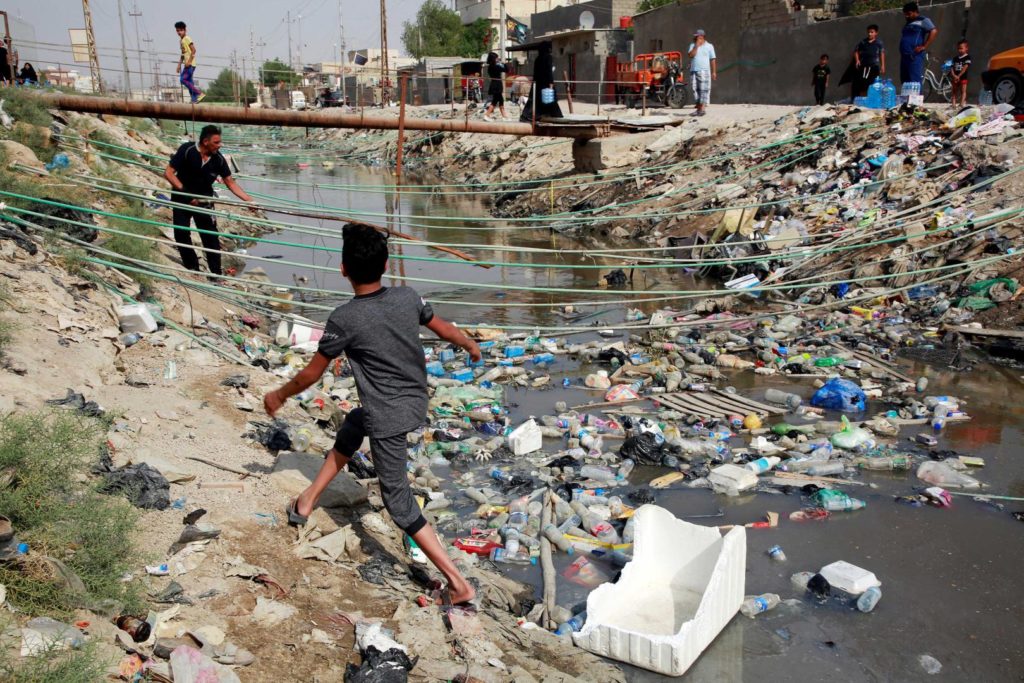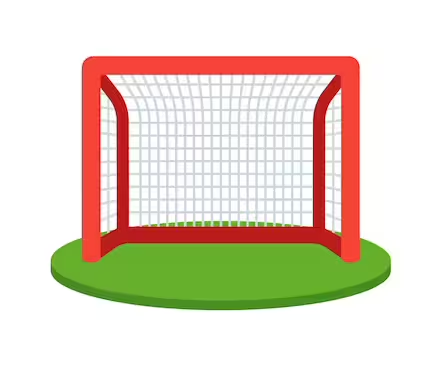
Irresponsible Water Policy – Iraq


Region
Iraq

Values of Worthwhile Development
Sustainability
Agency and Empowerment

Sustainable Development Goals
SDG 6

Keywords
Water Management
Resource Infrastructure
Dictatorship
Agriculture in Arid Land
Policy Failure
Description
Much of Iraq’s water comes from the Tigris and Euphrates Rivers, whose annual discharge has dropped drastically over the last fifty years (Al-Ansari, 2013). Studies have estimated that both rivers will be totally dry by 2040 (Al-Ansari, 2013). Policies and construction outside of Iraq, climate change, and mismanagement in Iraq turned a relatively water rich country dry (Al-Ansari, 2013). Agriculture accounts for roughly 85 percent of the water usage in Iraq, and was higher in previous decades (Al-Ansari, 2014). Despite this, the agriculture sector accounts for only 5 percent of the GDP and 20 percent of the labor force (Al-Ansari, 2014). Iraq suffers from antiquated irrigation networks and techniques that inefficiently use water (Al-Ansari, 2014). Additionally, Iraq’s infrastructure for distribution of water is old and prone to unnecessary losses throughout the system (Al-Ansari, 2014). Salinated back water from poor irrigation and pollution from sewage systems also deteriorates the quality of portions of Iraq’s water (Al-Ansari, 2014). Iraq’s water problem has also contributed to the increased desertification of the country (Al-Ansari, 2014). Much of the Middle East, including Iraq, holds the desire to be self-sufficient for food (Al-Ansari, 2014). This poses a major problem for water resources, as the region simply is not well suited for extensive agriculture, especially given the size of the population. Iraq and large swaths of the region would be better off importing more and growing less, particularly since the vast majority of water is used for agricultural purposes.
Saddam Hussein ruled Iraq as a personalist dictator for almost thirty years as Iraq’s water problem grew worse. Under his rule, Iraq saw regular conflict. For the majority of the 1980’s, Iraq fought a war with Iran (Woertz, 2019). A couple years later, Iraq invaded Kuwait. A United Nations coalition led by the United States drove them out (Woertz, 2019). However, Iraq suffered from an embargo placed on the country until the United States invaded Iraq and removed Saddam from power in 2003 (Woertz, 2019). Constant conflict and the economic woes of the 1990’s ensured Saddam would not focus on the growing water crisis. Instead, one of Saddam’s solutions to the embargo was food self-sufficiency, an unsustainable policy in such an arid region (Woertz, 2019). Additionally, in the early 1990’s, Saddam drained the marshes in southern Iraq to punish its inhabitants who supported an uprising against him in 1991. Restoring the marshes following the collapse of his regime also required use of Iraq’s sparse water resources (Al-Ansari, 2014).
The current government’s ineptitude has not helped solve the problem. Iraq holds nominally democratic elections; however, it lacks strength and is largely unresponsive to the policy desires of the general population (Freedom House, 2020). This means the government has struggled to create the ambitious and coherent policy necessary to solve this issue. Freedom House rates Iraq as “not free” (Freedom House, 2020). Additionally, the Democracy Index created by The Economic Intelligence Unit labeled Iraq “authoritarian” (Economic Intelligence Unit, 2020). The current structure of government certainly has not helped solve this issue, as enacting any policy becomes exponentially more difficult with a corrupt and unresponsive government. Additionally, since the fall of Saddam’s regime, Iraq has been plagued by instability. Conflict under Saddam and following his downfall deteriorated the infrastructure and plundered the country’s natural resources (Al-Obaidy & Al-Khateeb, 2013).
The policies pursued in Iraq have adversely affected the environment in favor of the economy, providing clear examples of what to avoid for guidelines number one and six. Iraq’s desire for food self-sufficiency is simply an unsustainable economic policy in a region with such little water. Furthermore, Iraq’s focus on other policy areas (including conflict) deprived their declining environment of the attention it needs. Iraq’s desertification and lower water levels in its major rivers have already begun. They will only continue to deteriorate without a major push to create sustainable and meaningful policy solutions.
Case Study Evaluation
Wellbeing
The drying up of water poses a catastrophic threat to well-being, particularly for citizens and river relying communities, with limited impact and shortcomings in relational aspects and satisfaction.
Equality
The community faces economic and social inequality, and with the river drying, potential decrease in equality is possible. Addressing disparities and discriminatory practices is crucial.
Human Rights
Human rights, including access to clean water, are essential for everyone, but lack of policy could lead to violations and require immediate correction.
Cultural Freedom
The project neglects or dismisses cultural freedom, disproportionately harming the population and shifting cultural freedom, without considering the preservation of cultural values.
Agency and Empowerment
Empowerment is net neutral, but potential harm due to drying river may decrease. Moderate empowerment achieved, but additional measures needed for participant agency support.
Responsibility
The project’s lack of policy is attributed to a corrupt government, necessitating immediate action to ensure policy changes are effective and ethically sound.
Sustainability
The project, which is expected to dry up by 2040, lacks sustainable measures and is expected to harm future prospects due to its unsustainable nature.